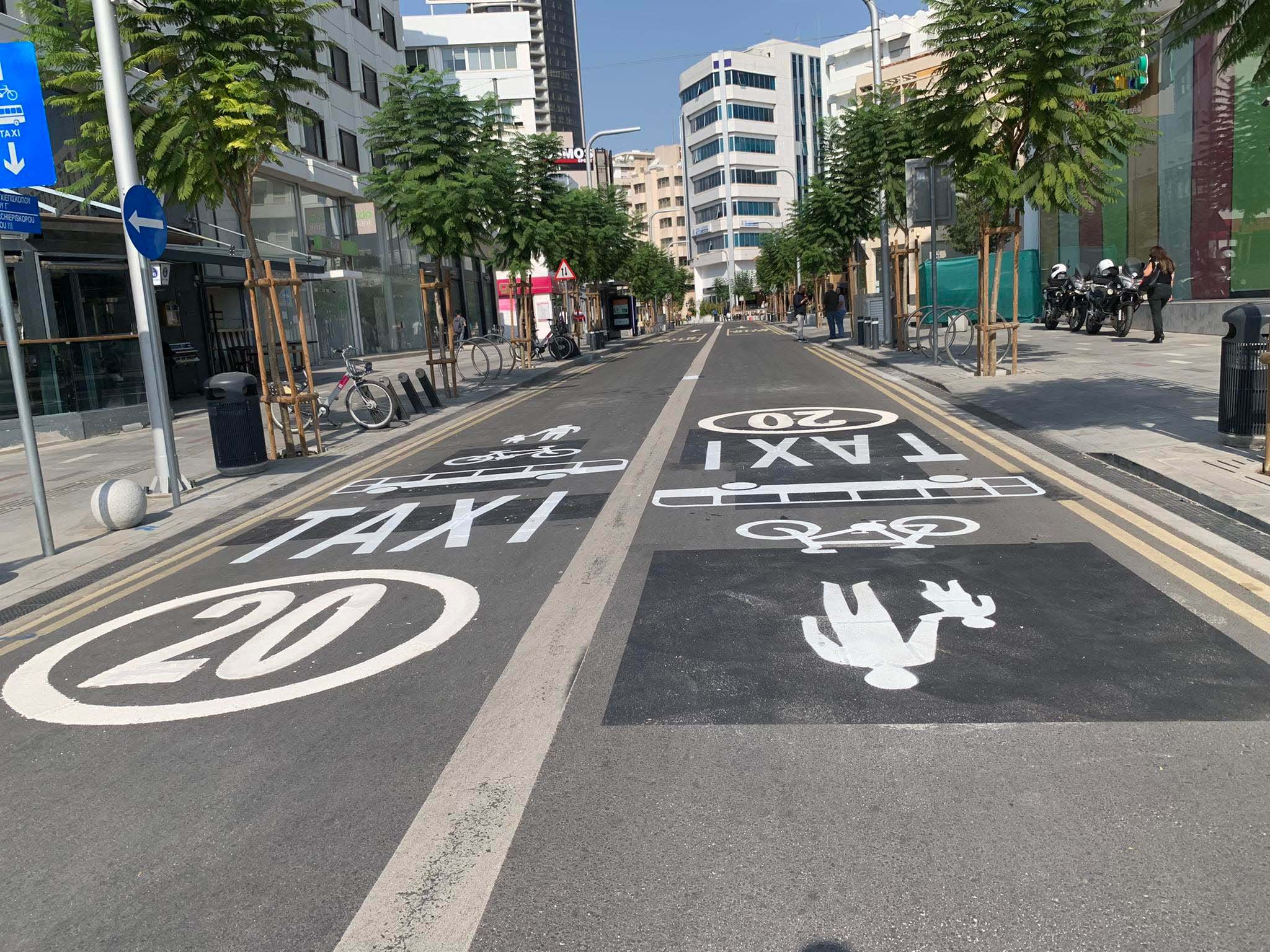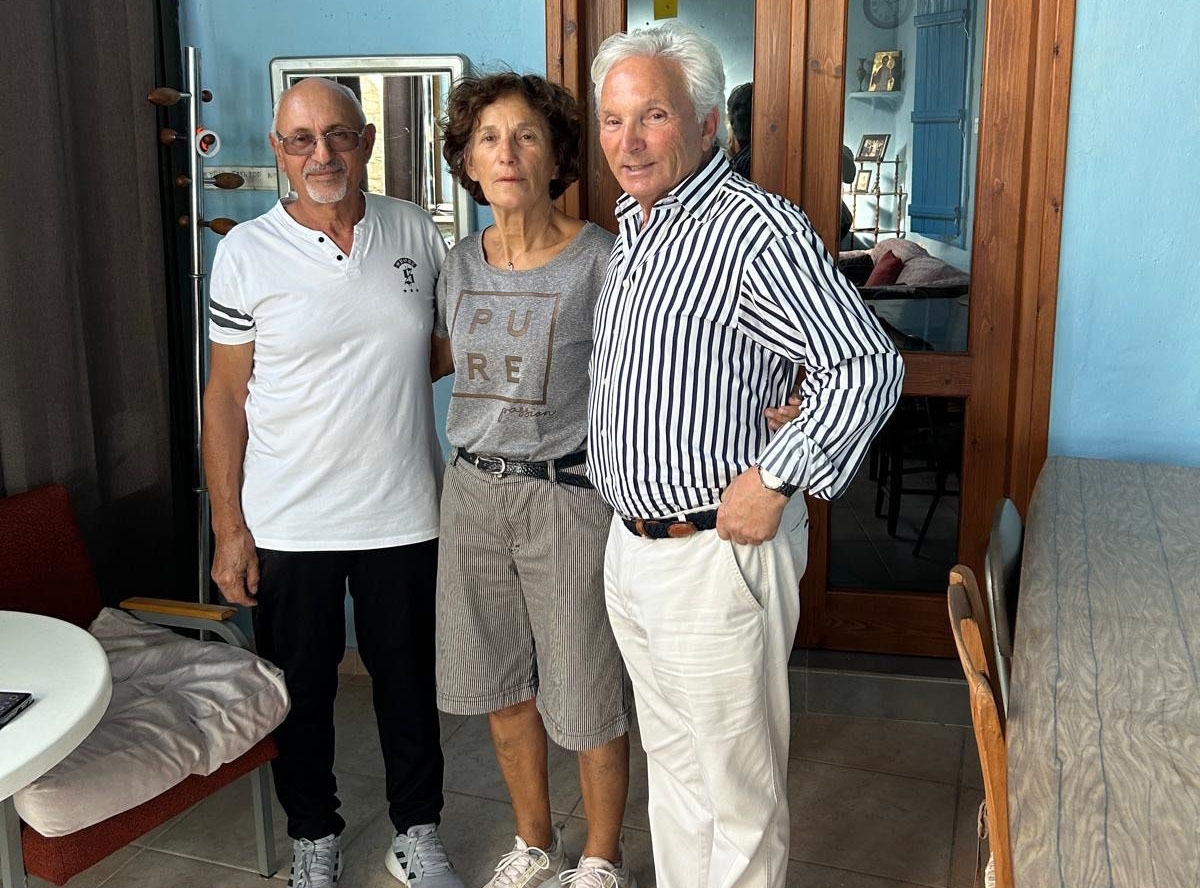Plans are afoot to build two new reservoirs in Nicosia, Turkish Cypriot Nicosia mayor Mehmet Harmanci said on Sunday.
Speaking to Tak, the north’s news agency, he said plans are being drawn up together with the European Union, and that there will be one reservoir in the north of Cyprus’ divided capital, and one in the south.
With this in mind, he said his Greek Cypriot equal Charalambos Prountzos is “also keen” on the idea, but that for the projects to go ahead, they must be signed off by President Nikos Christodoulides and Turkish Cypriot leader Ersin Tatar.
He added that the Greek Cypriot Nicosia municipality “cannot easily give up on such projects” because it receives financial incentives from the Cypriot government to carry them out but pointed out there is “no such incentive in the north of the island”.
Harmanci’s comments come as Cyprus’ existing reservoirs continue to be low on water, with the last measurement on Friday finding that they are just 26 per cent full, compared to 47.4 per cent a year ago.
This fall is even starker in the Nicosia district, where the reservoirs are just 17.9 per cent full, having been 54.6 per cent full this time last year.
January was Cyprus’ driest since 1997, while February is thus far on course to be the driest since at least 2016.
Local representatives from across the island are now making efforts to increase water storage capacity in their districts for when it does rain, with Paphos district governor Charalambos Pittokopitis in December calling for two new dams to be built in his district to prevent it from future droughts.
This was before Paphos’ Mavrokolympos reservoir was drained to fix a corroded vent, causing further anxiety in the district.
Peyia deputy mayor Andreas Christodoulou said after the reservoir’s draining Cyprus is suffering from “a year of water scarcity”, and that the draining of the reservoir has only compounded this issue.
In the north, biologists Niyazi Turkseven and Hasan Sarpten had warned against complacency among Turkish Cypriots regarding the island’s water supply, with the Kioneli reservoir now drying up completely during the summer months and the north’s water needs now being met by an undersea pipeline from Turkey.
“We look at the water in Panagra coming from Turkey and ignore the local water supply problems. However, we do not think that even the water of the ‘motherland’ can be a solution to our problems,” they said.
They added that if Turkey also experiences droughts while the north does nothing to preserve its domestic supply, the north will then have no option but to suffer the brunt of any further water shortages.
“Soon, when the water resources on the opposite shore of the Levant decrease, we will surely begin to understand that importing water is not a solution to our problems. By then, though, it will be too late.”







Click here to change your cookie preferences